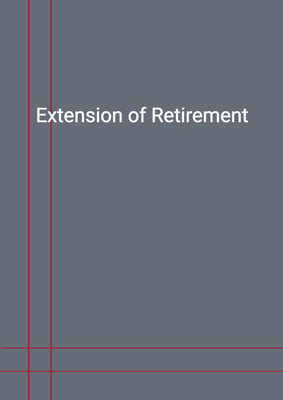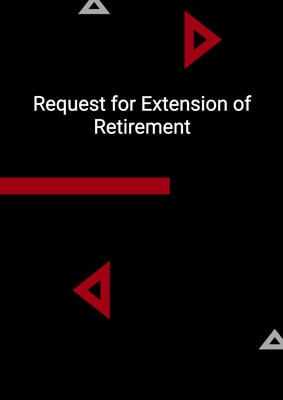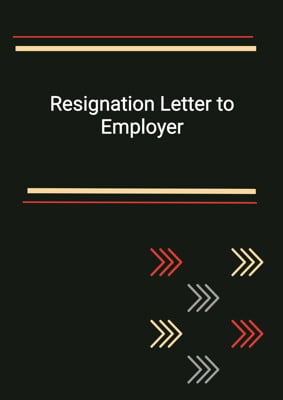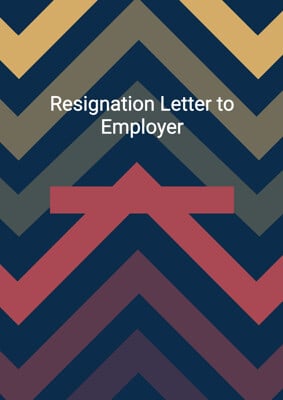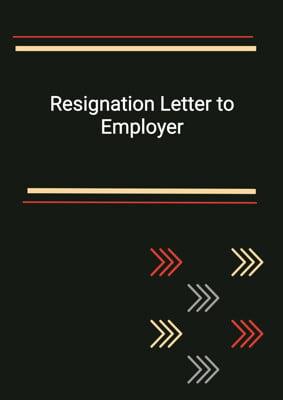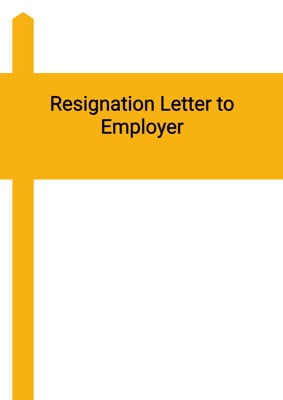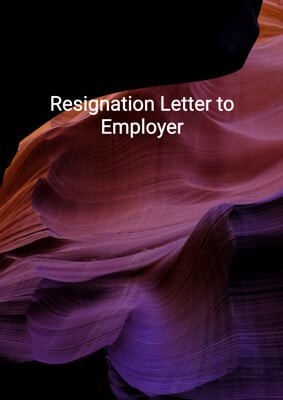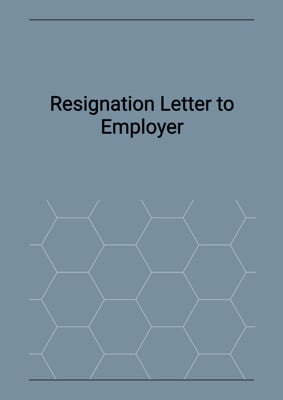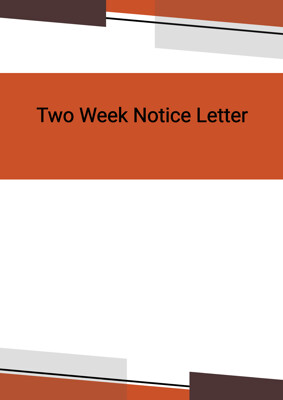How to Tailor the Document for Your Need?
01
Create Document
Click "Create Document" button and the document will be prepared with your account details automatically filled in.
02
Fill Information
Please fill in any additional information by following the step-by-step guide on the left hand side of the preview document and click the "Next" button.
03
Get Document
When you are done, click the "Get Document" button and you can download the document in Word or PDF format.
04
Review Document
Please review the document carefully and make any final modifications to ensure that the details are correct before sending to the addressee.
Document Preview
Document Description
The resignation letter to employer is a document that an employee uses to formally resign from their position. This document is important as it serves as a written record of the employee's intention to leave the company and provides details about the resignation, such as the effective date and any outstanding matters that need to be addressed.
The entire document consists of several sections that provide different information. The first section includes the account details of the employee, such as their first name, last name, address, phone number, and email. This information is necessary for identification purposes and for future communication.
The second section is addressed to the employer and includes the employer's name and address. This section is important as it clearly indicates who the letter is intended for and ensures that it reaches the appropriate recipient.
The third section is the main body of the letter and contains the resignation message. It starts with a salutation, followed by a statement of resignation and the effective date. This section also includes information about the employee's performance and the reason for their resignation. It highlights that the employee was forced to resign due to certain circumstances and expresses their discontent with the situation.
The fourth section addresses the employee's remaining annual leave, notice period, and expectations for compensation and reimbursement. This section is important as it outlines the employee's entitlements and ensures that they are properly compensated for their remaining leave and expenses.
The fifth section expresses the employee's dissatisfaction with being held responsible for something beyond their control and calls for a review of company policies. It also mentions the employee's intention to take legal action for unfair dismissal.
The final section includes a closing statement, the employee's name, and contact information. This section is important as it provides a way for the employer to contact the employee if further discussion is needed.
Overall, the resignation letter to employer is a crucial document that allows an employee to formally resign from their position and address any outstanding matters. It provides a detailed account of the employee's intentions, expectations, and concerns, ensuring that both parties are aware of the situation and can take appropriate actions if necessary.
How to use this document?
1. Provide personal information: Fill in your account details, including your first name, last name, address, phone number, and email. This will help identify you and ensure proper communication.
2. Address the employer: Write the name and address of your employer. This will ensure that the letter reaches the intended recipient.
3. State your resignation: Begin the main body of the letter with a salutation and clearly state your intention to resign. Include the effective date of your resignation to provide a timeline.
4. Explain the circumstances: Briefly explain the reason for your resignation, such as being forced to resign due to certain circumstances. Be concise and avoid unnecessary details.
5. Address remaining matters: Mention any outstanding matters, such as remaining annual leave and notice period. State your expectations for compensation and reimbursement of expenses.
6. Express discontent and call for action: Express your dissatisfaction with being held responsible for something beyond your control. Call for a review of company policies and mention your intention to take legal action for unfair dismissal.
7. Provide contact information: Include a closing statement, your name, and contact information. This will allow the employer to reach out to you if further discussion is needed.
8. Proofread and sign: Before sending the letter, proofread it for any errors or inconsistencies. Sign the letter to make it official.
9. Keep a copy: Make sure to keep a copy of the resignation letter for your records. This will serve as evidence of your resignation and any agreements made.
10. Follow up if necessary: If you haven't received a response or if further action is required, follow up with the employer through phone or email. Stay professional and polite throughout the process.
Not the right document?
Don’t worry, we have thousands of documents for you to choose from:


